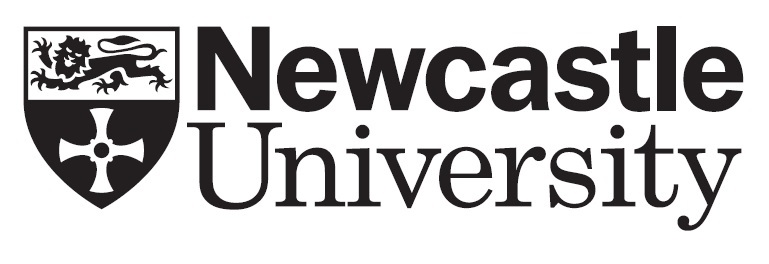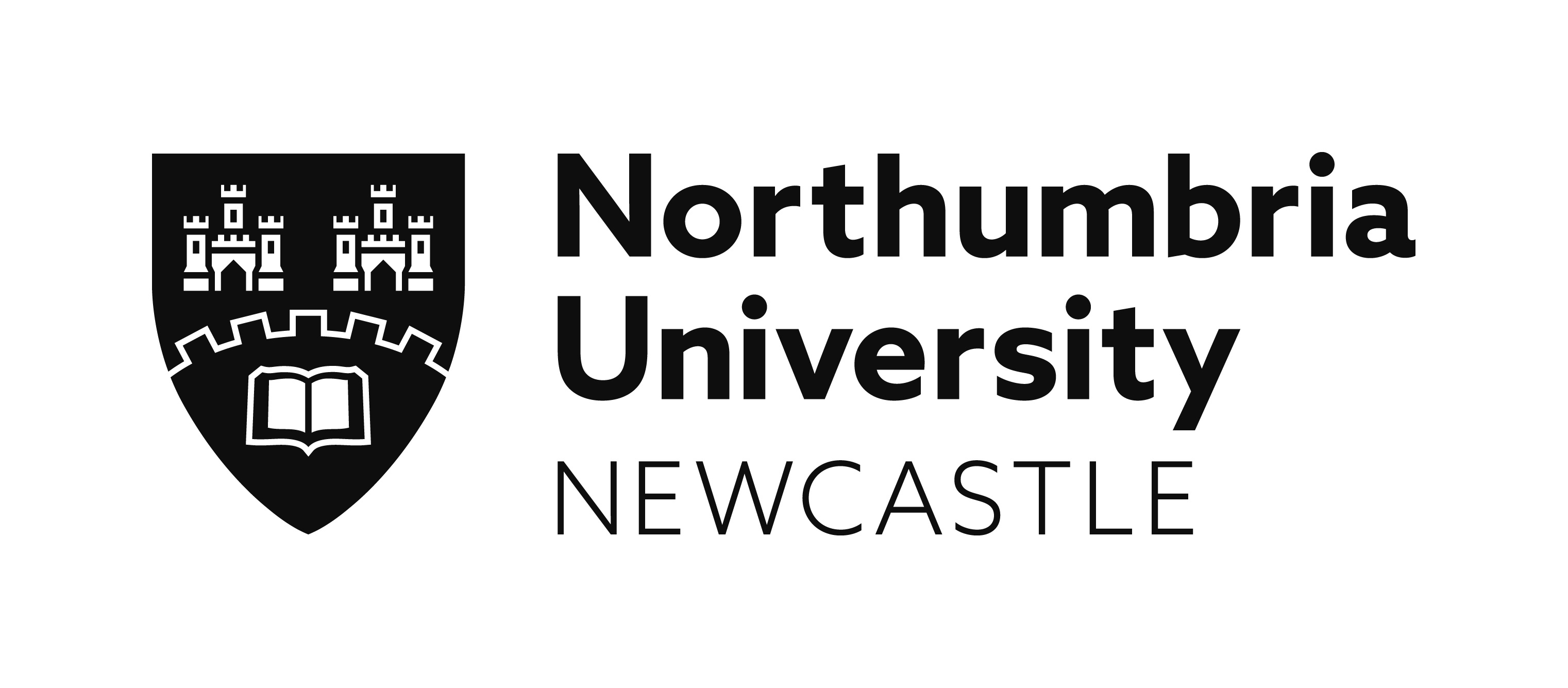Creative Cartographies and Inherited Aesthetics: Craft, tradition and labour in contemporary fine art practices
Ella S. Mills, Paul Mellon Centre
Erin L. McCutcheon, Lycoming College
This session broadly discusses the fine-art practice and aesthetics of artists of the 20th and 21st centuries in relation to their diasporic parentage and heritage. How do different understandings of and approaches to creativity, craft, tradition and labour intersect and manifest in the work of fine artists? What part have feminisms played in the passing on of skills and craft across generations and geographies? How have those creative and/or cultural traditions been treated in formal institutions?
We will examine a variety of parent–child interactions and examine generational and geographical inheritance from mothers to their fine-art daughters. In what ways have artist-women from these contexts formulated their aesthetic, practice, and subjectivity in direct relation to the traces and influences of their mothers? How have artists negotiated institutional bias around traditional forms of creativity and notions of the ‘domestic’? What role do fathers and sons have in this inheritance?
Speakers:
Listening to Narratives of Creativity with ‘Black-British’ Artists
Ella S. Mills (University of Plymouth)
Stitching the Rupture: Embroidery in the post-Soviet context
Assel Kadyrkhanova (University of Leeds)
Althea McNish: Designs without borders
Imogen Hart (University of California, Berkeley)
Revaluing Feminine Trajectories and Stitching Alternative Genealogies in the Work of Yohanna Roa
Karen Cordero (Universidad Iberoamericana)
Reworked Narratives: Functional fibre craft to art
Marilyn Casto (Virginia Tech University)
Transposing Womanhouse: Identity and Domestic Labour in Glasgow’s Neo-Conceptual Art
Bea Cartwright (Oxford University)
Click here to download this session's abstracts or view below
Listening to Narratives of Creativity with ‘Black-British’ Artists
Ella S. Mills (University of Plymouth)
This paper will be part presentation and part discussion. We will collectively look at a series of Black-British artists, a selection of their artworks, and how the artists themselves talk about their work. We will think about the potential influence of their parents’ heritage and cultures on their own British fine art practice and read their artworks for these complex relationships and influences. I will also share my analysis of a selection of interviews I undertook with several Black-British artists and invite the audience to share their interpretations. Opening up the space for discussion, this session will be focused on the central themes of the panel: how do different understandings of and approaches to creativity, craft, tradition and labour intersect and manifest in the work of fine artists? How have those creative and/or cultural traditions been treated in formal institutions? How have artists negotiated institutional bias around traditional forms of creativity and notions of the ‘domestic’?
Stitching the Rupture: Embroidery in the post-Soviet context
Assel Kadyrkhanova (University of Leeds)
The Sovietisation of non-Soviet societies meant restructuring their lifestyle, economy, culture. In Kazakhstan, this was achieved through the campaign of collectivisation in the 1930s that resulted in the devastating famine and destroyed historical pastoral nomadism in the country. The following processes of Russification contributed to the loss of many national traditions, including various forms of crafts. At the same time, Soviet cultural rhetoric valued ethnic diversity; thus, some traditions were reinvented, becoming mere decorations to label the country’s identity. Today, contemporary Kazakh artists introduce crafts in their practices, seeing this as a way to seek for pre-Soviet cultural identity. In this paper, I will discuss my work Windows of Tolerance (2017) that explores the phenomenon of ornamented window grills in post-Soviet cities. I use hand-embroidery as a method to touch on the trauma of Sovietisation in Kazakhstan. Embroidering with the traditional tambour stitch that I learnt from my mother makes me feel connected to my family’s past. In my presentation, I will show how hand-embroidery can reveal two things that are important for research on trauma. First, in a Derridean sense, I use embroidery to ‘re-write’ the space of memory by adding the new thread to the existing text(-ile). Second, by mimicking the symptomology of trauma, embroidery makes it visible. Finally, I will compare my approach to practices of other post-Soviet artists who employ crafts in similar contexts. I would like to suggest that craft can become a powerful tool for decolonialisation and de-Sovietisation in the present cultural condition.
Althea McNish: Designs without borders
Imogen Hart (University of California, Berkeley)
Althea McNish defies many of art history’s borders. Born in Trinidad, McNish trained in London in the 1950s. McNish’s work transgresses the line between craft and fine art; her textiles are described as ‘painterly’ and she considers them ‘paintings in repeat’. Her work is a meeting place for two histories that rarely overlap: the history of modern pattern design and the history of Black-British art. This paper foregrounds the multivalence of McNish’s practice, exploring the productive tensions and possibilities that arise from her work’s location at multiple points of intersection. Drawing on theories of ‘border writing’ and diaspora aesthetics, I argue that her work embraces hybridity, repudiating purism – whether of nation, medium or specialism – and embodying in its complex screen-printed surfaces the composite, multi-layered character of cultures and identities. As a child, McNish sketched ideas for her mother, a dressmaker. Later, press reports highlighted her supportive parents. Her work has been valued above all for its tropical content and colour. Yet her training with Bawden and Paolozzi, and the marketing of her textiles at Liberty’s, demand that her work also be understood in conversation with the history of British design. Building on feminist critiques of the continuing repression of the domestic, I argue that McNish’s work has been underexamined because it occupies the marginalised territory of the decorative. Despite the tendency to focus on the vibrant colour of her works, no less important is McNish’s mastery of line, which she uses to produce infinitely repeatable patterns that appear borderless.
Revaluing Feminine Trajectories and Stitching Alternative Genealogies in the Work of Yohanna Roa
Karen Cordero (Universidad Iberoamericana)
This paper will focus on the work of Colombian-born contemporary artist Yohanna Roa, who takes up the family tradition of her seamstress grandmother in her work, creating pieces that both question patriarchal hierarchies in the arts and weave new relations that trace and celebrate distinct genealogies. Her series The Past, Instructions for Usage: Imbrications and Erratas (2015–18) returns to art history the materiality that its disciplinary trajectory has wrenched from it, in its effort to rationalise sensoriality in verbal terms, to provide it with a structure and a canon, and to integrate it into Western History, with capital letters. In this series, Roa literally dismembers books containing canonical images of art, and reconfigures them in new formal and conceptual relationships (among them, as domestic textile objects and clothing) through embroidery, crochet, collage and painting, inviting new readings through the corporeal acts of inhabiting, touching and manipulating the pieces. In addition, her most recent work highlights the maternal genealogies of various women, through her intervention with sewing, embroidery and beads on images of women who have passed knowledge on to others and documents related to that relationship. The piece was sparked by a found object: a sewing box that Roa acquired in a thrift store that contained beads and indecipherable instructions left there by its previous owner; this experience reminded her of her tie to her grandmother, and she decided to use the found elements to create a piece on collective memory that united objects and images related to the passage of knowledge from one generation of women to another.
Reworked Narratives: Functional fibre craft to art
Marilyn Casto (Virginia Tech University)
This presentation examines discourses of fibre craft and evolution to fine art status, a change that took place within a generation in the mid-20th century and accelerated into the 21st century. Fibre’s history is practicality and shared knowledge and skill. In recent years, the field has been the site of tensions between group identity and the self-promotion by which artists must make their names and between amateurs and professional artists. A number of artists cite skills learnt from a mother or grandmother although their practice may involve unconventional fibre uses or the subverting of established methods. Knowledge born of the past becomes a means by which to separate, as a child separates from the mother into their own life. Some artists use concepts of memoir to examine fibre’s origins. Historical techniques tended to privilege precision and ‘correct’ techniques. Fibre art has segmented into entities such as quilting groups that privilege traditional methods and artists who deliberately subvert those traditions. DIY fibre craft maintains a culture of sharing techniques. Fibre art stresses the individual artist. This dichotomy demonstrates a gulf between those with an art practice, those wishing to show their work, but who struggle with methods such as installation and digital media, approaches alien to the mothers from whom artists often learnt fibre, and those who use fibre, but prefer to be called ‘artists’ rather than ‘fibre artists’, thus avoiding the historical denigration of fibre.
Transposing Womanhouse: Identity and Domestic Labour in Glasgow’s Neo-Conceptual Art
Bea Cartwright (Oxford University)
What does housework look like in a house without men? This was the question that Miriam Schapiro and Judy Chicago asked when they founded the all-female exhibition ‘Womanhouse’ in 1971. For the project, students of the Feminist Art Programme at CalArts used the rooms of an old Hollywood mansion as places for experimentation and installation. This event became a keystone of second-wave feminism. In 1990, a group of neo-conceptual artists in Scotland decided to reappropriate this model. They created their own ‘Womanhouse’ in a disused tenement building in Castlemilk, Glasgow. The artists filled the building with a mixture of performance, sculpture, painting, installation and craft workshops that explored the domestic fabric of the building whilst remaining critical of the constraints that this has historically placed on female identity. This paper will ask what it means for neo-conceptual artists of the 1990s to borrow from their conceptual relatives of the 1960s and 1970s. Exploring an argument made by Nizan Shaked, I will ask whether the analytic method of historical conceptual art can be reappropriated for the ‘synthetic conceptualism’ of the 1990s, which sought to include issues of identity politics. If so, what does it mean for neo-conceptual artists to inherit historical conceptual techniques and use them after the social movements of the post-war period? What is the relevance of transposing the Womanhouse model from California to Scotland, and into a different sociopolitical context? Artworks by Bobby Baker, Claire Barclay, Cathy Wilkes, Annie Lovejoy and Rachel Harris will be considered, among others.
|
|
|
|
|
|
Supported by
Conference Sponsors
![]()
Sponsored by
ASSOCIATION FOR ART HISTORY
![]()
Terms & Conditions
![]()


